Description
The USS Essex
The first USS Essex of the United States Navy was a 36-gun or 32-gun sailing frigate that participated in the Quasi-War with France, the First Barbary War, and in the War of 1812. The British captured her in 1814 and she then served as HMS Essex until sold at public auction on 6 June 1837.
The frigate was built by Enos Briggs, Salem, Massachusetts, at a cost of $139,362 subscribed by the people of Salem and Essex County, to a design by William Hackett. Essex was armed with mostly short range carronades that could not hope to match the range of 18 and 24 pounder naval guns. She was launched on 30 September 1799. On 17 December 1799 she was presented to the United States Navy and accepted by Captain Edward Preble.
With the United States involved in naval action against France on 6 January 1800, Essex, under the command of Captain Preble, departed Newport, Rhode Island, in company with Congress to rendezvous with a convoy of merchant ships returning from Batavia, Dutch East Indies. Shortly after commencement of her journey, Essex became the first US Naval Ship to cross the Equator. Congress was dismasted only a few days out, and Essex was obliged to continue her voyage alone, making her mark as the first US man-of-war to double the Cape of Good Hope, both in March and in August 1800 prior to successfully completing her convoy mission in November. Later on other ships took over her.
Appearances in Media
Herman Melville wrote about Essex in “Sketch Fifth” in The Encantadas, focusing on an incident off the Galápagos Islands with an elusive British ship. The story was first published in 1854 in Putnam’s Magazine.
Patrick O’Brian adapted the story of Essex’s attack on British whalers for his novel The Far Side of the World.

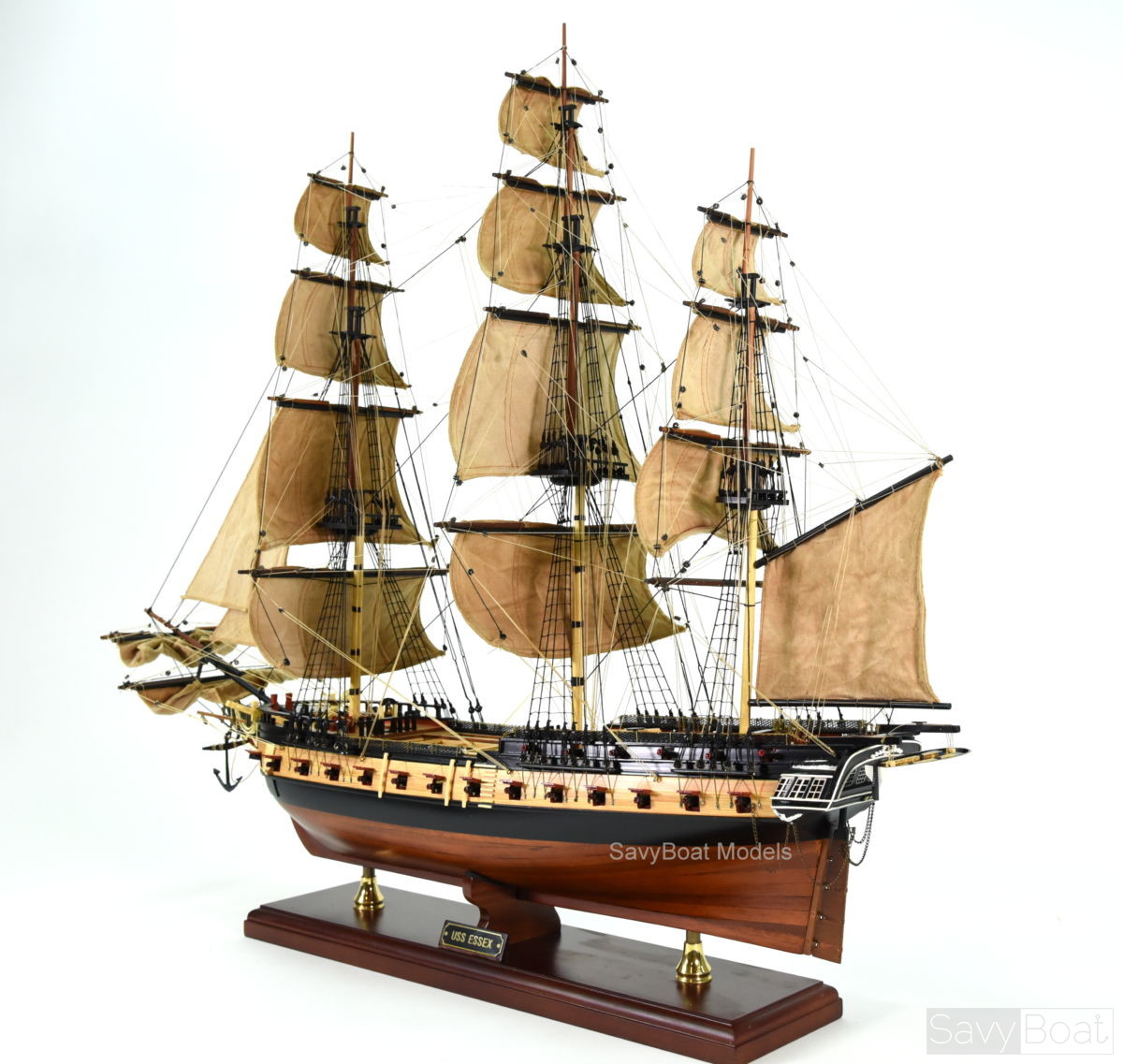
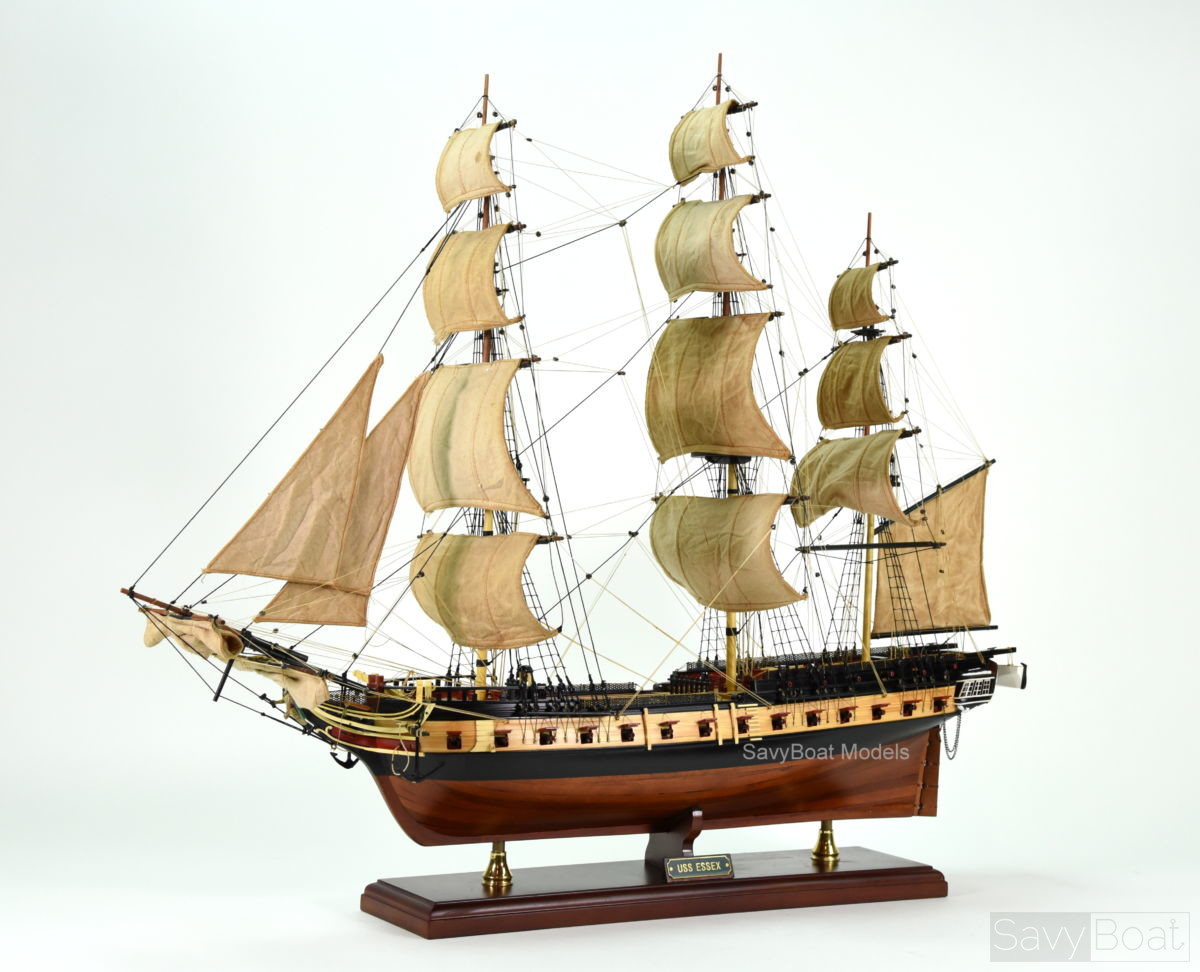
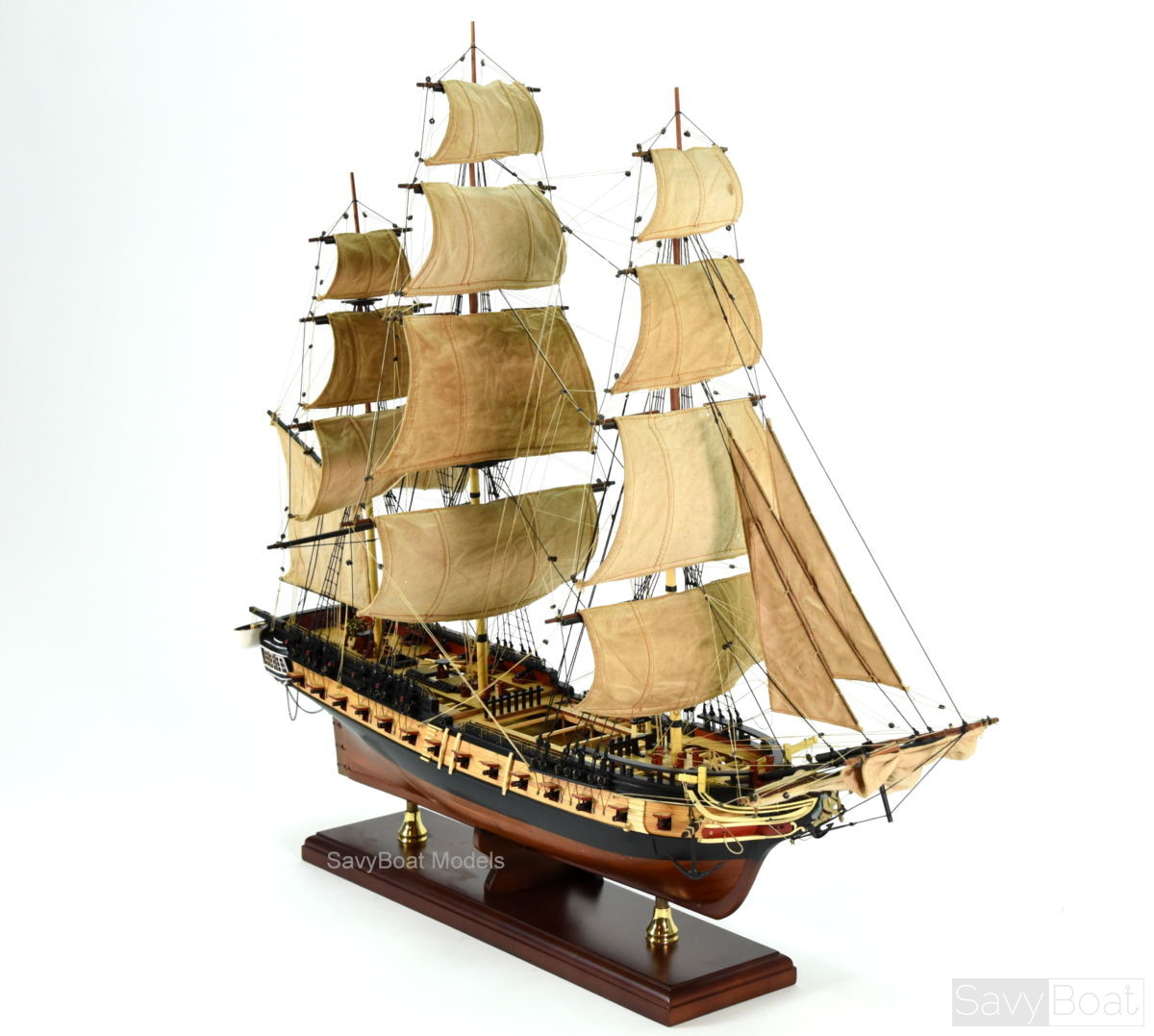
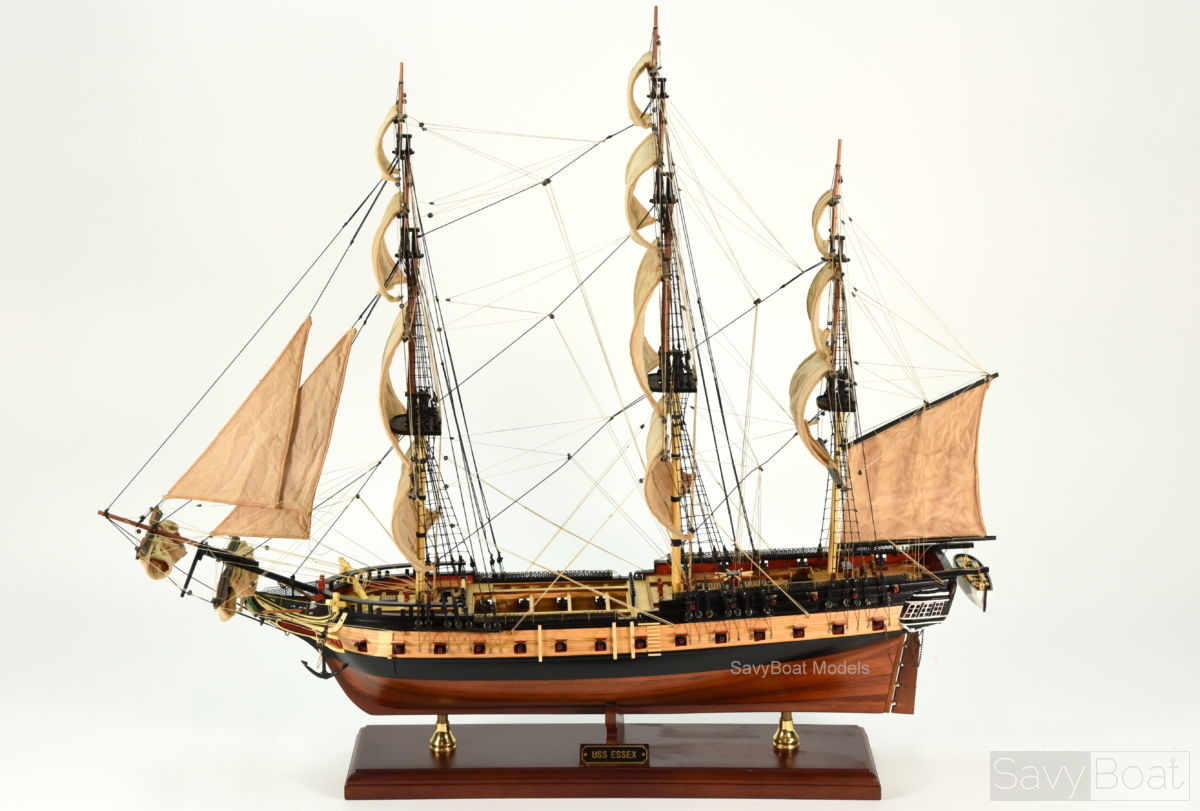
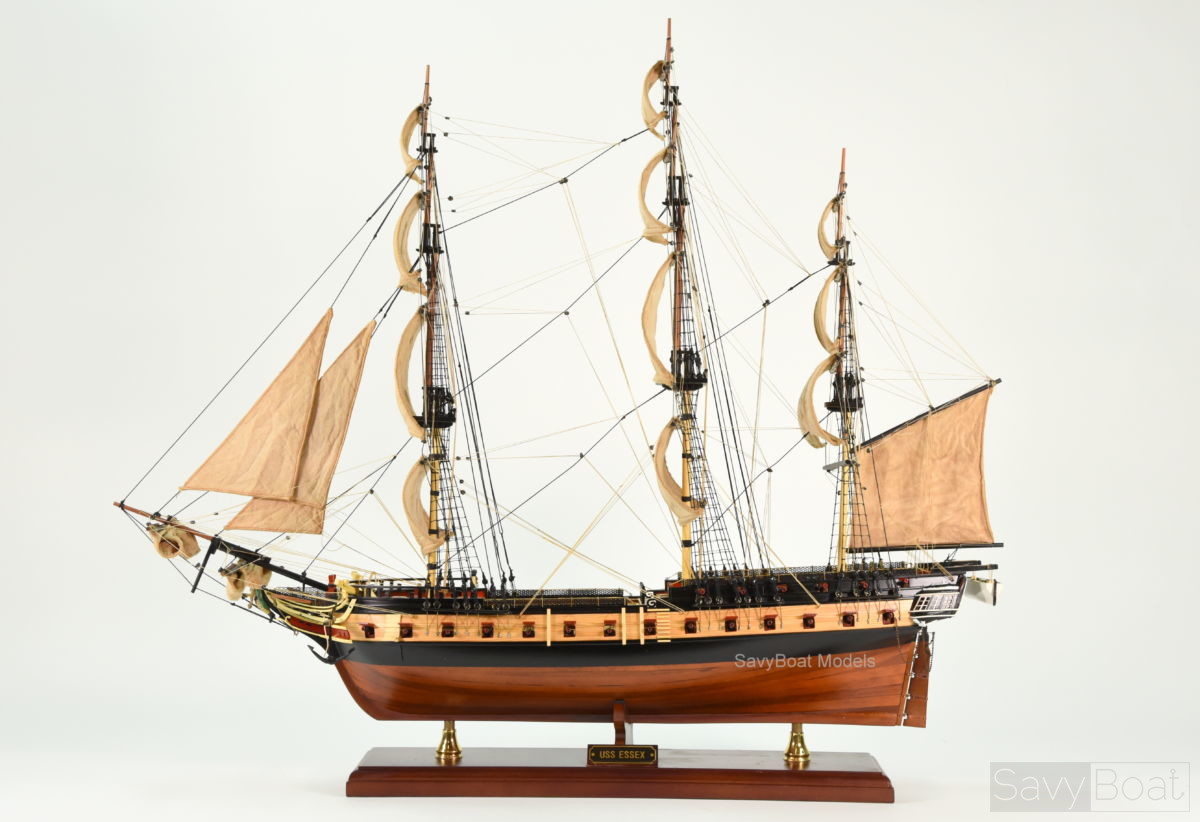


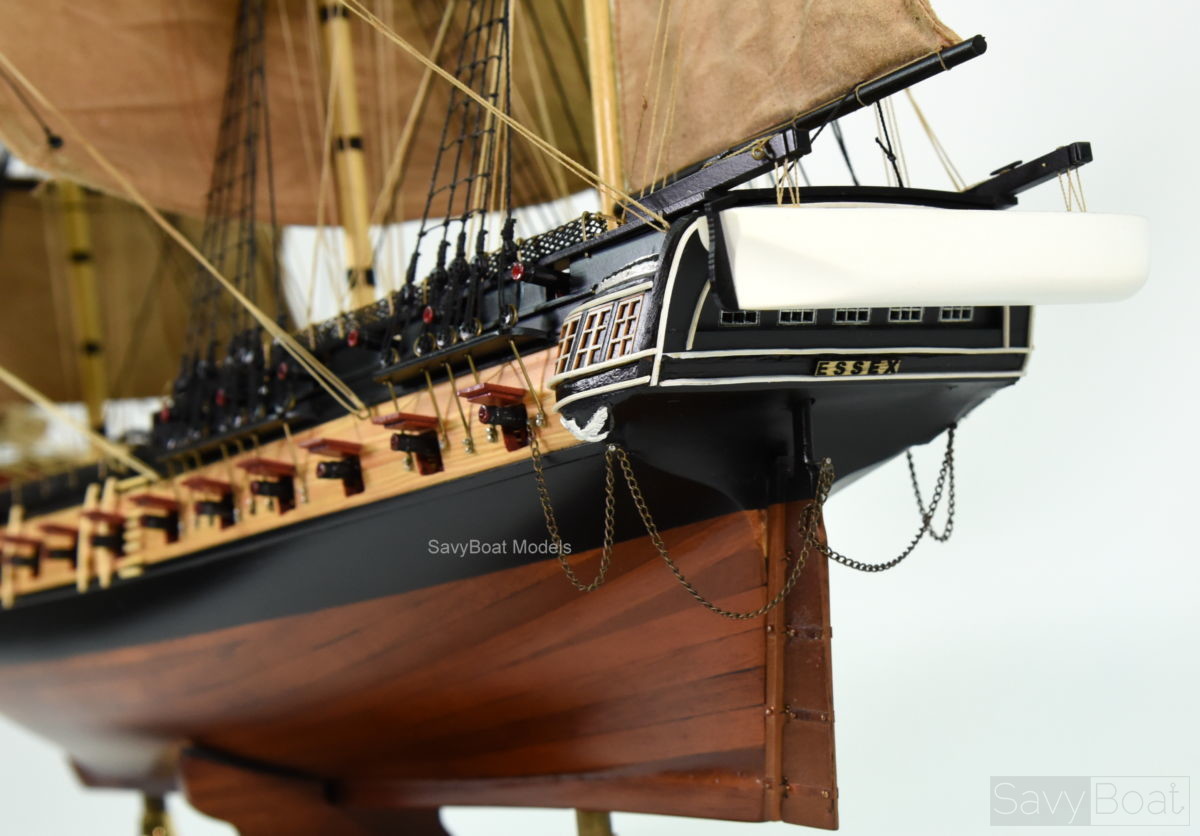
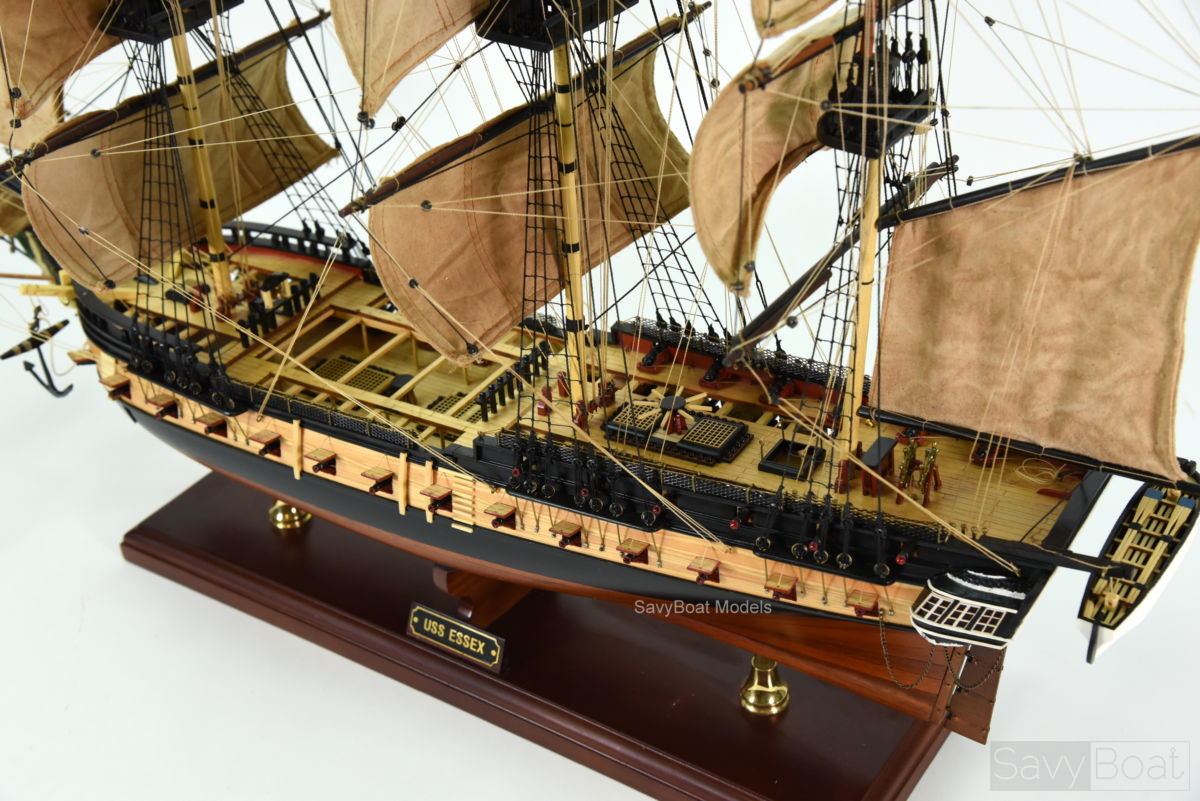
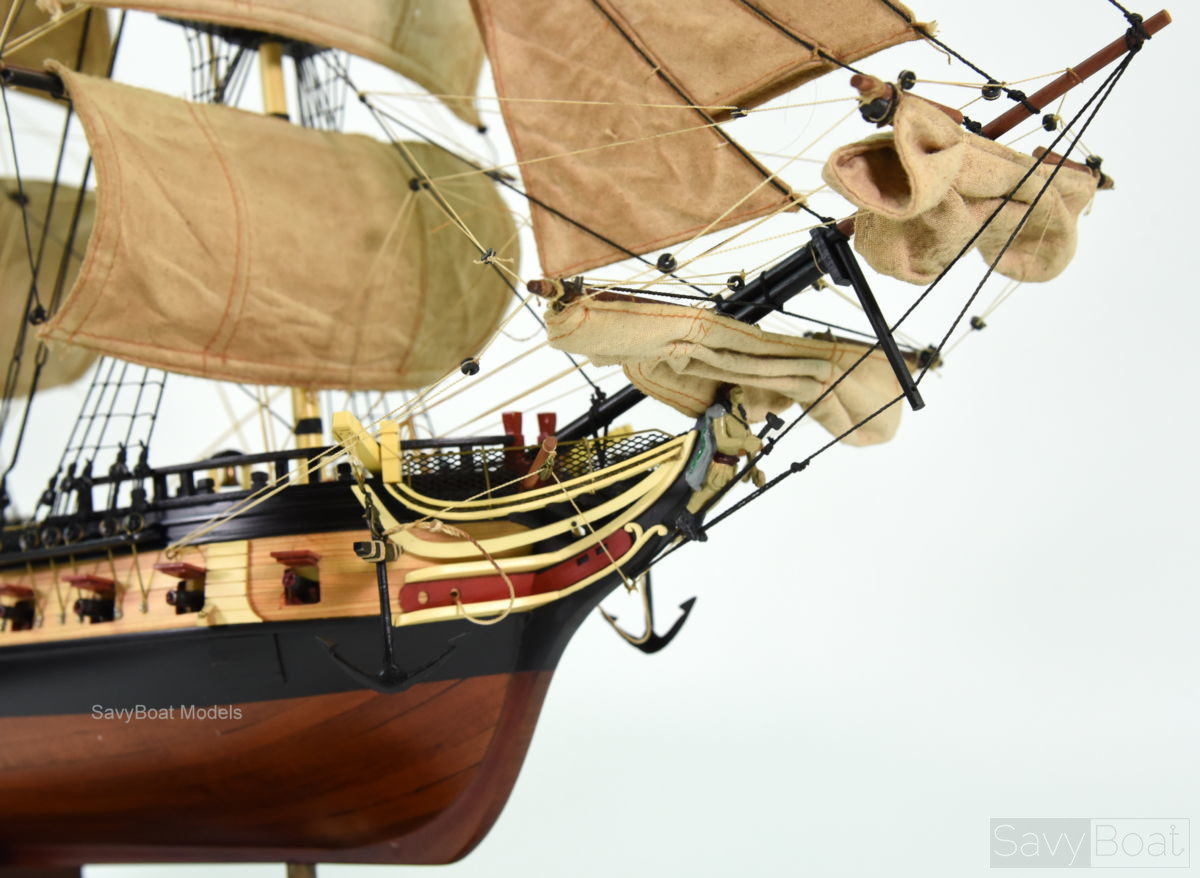
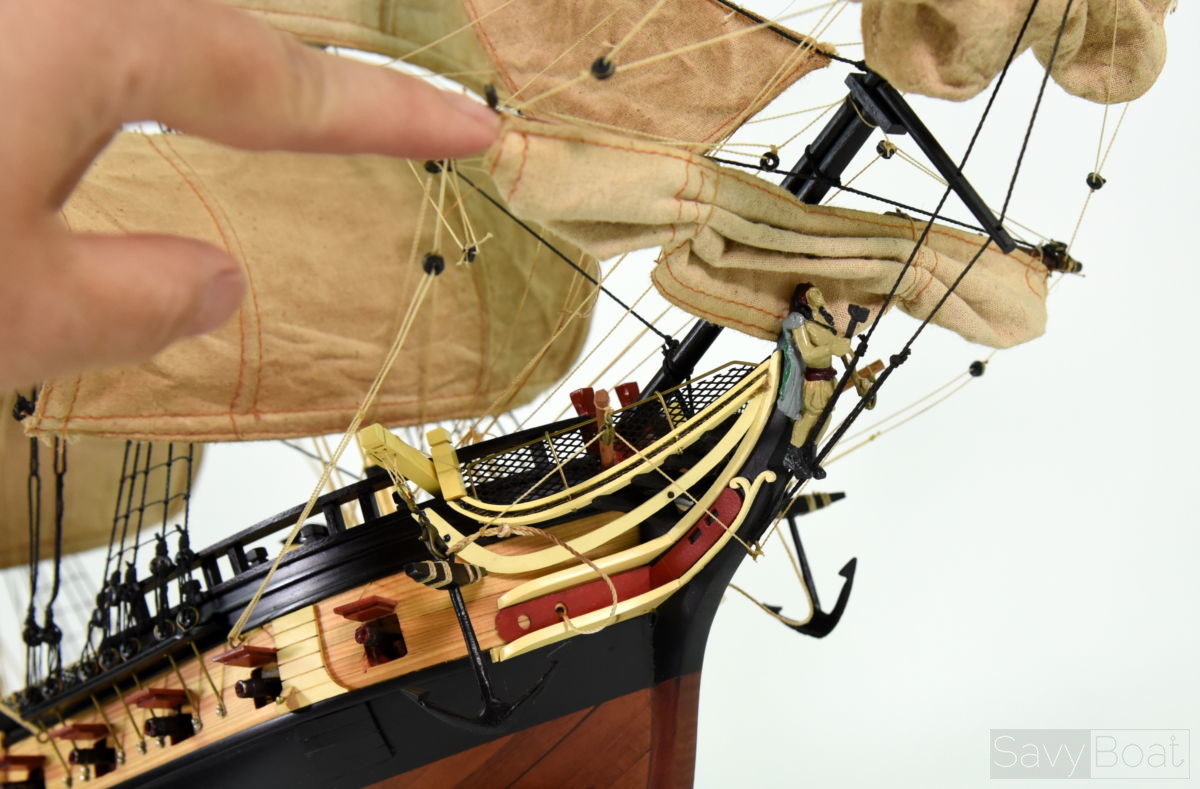

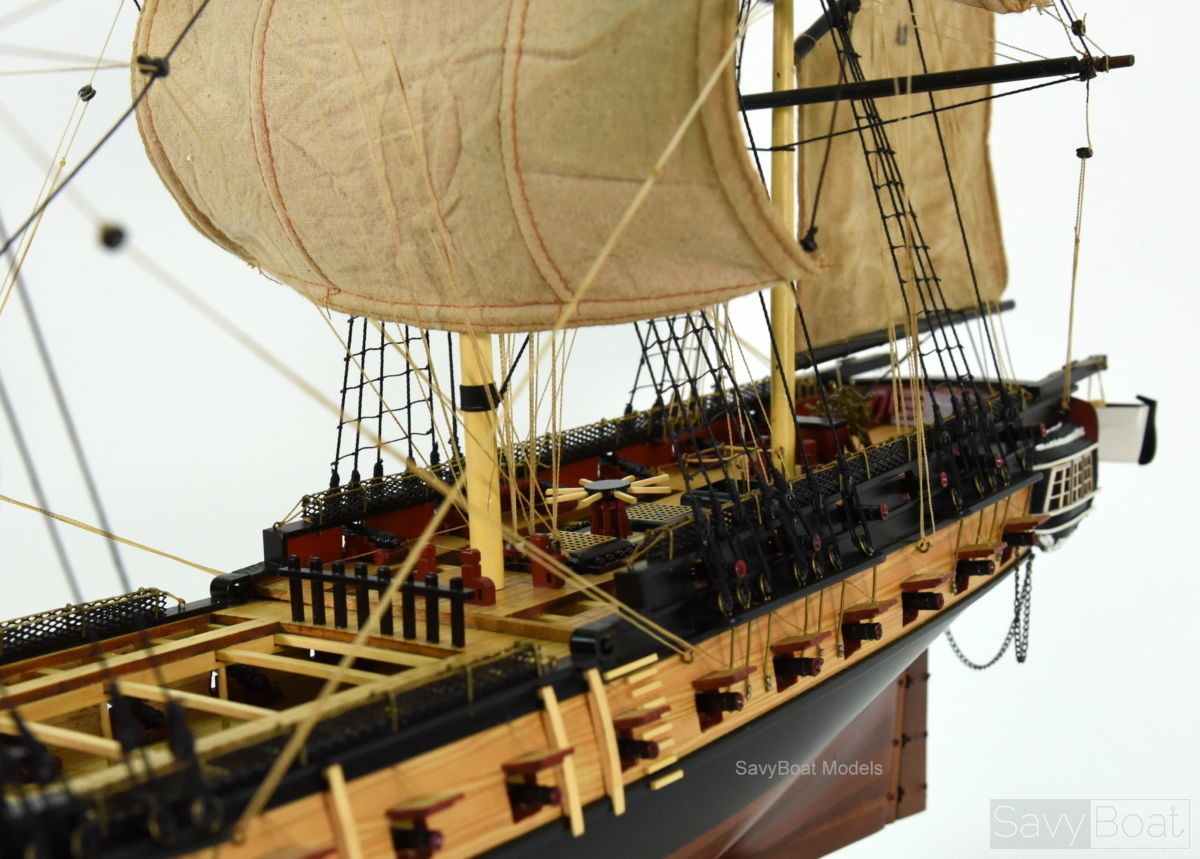
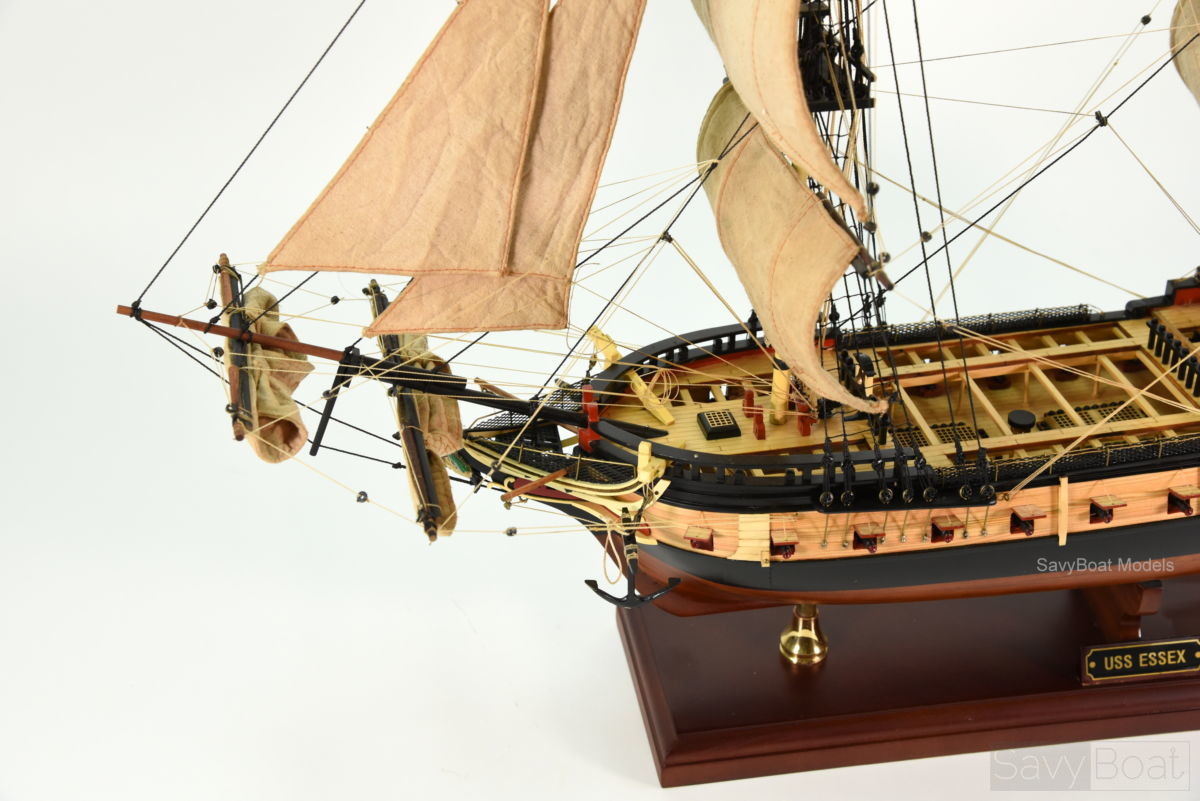
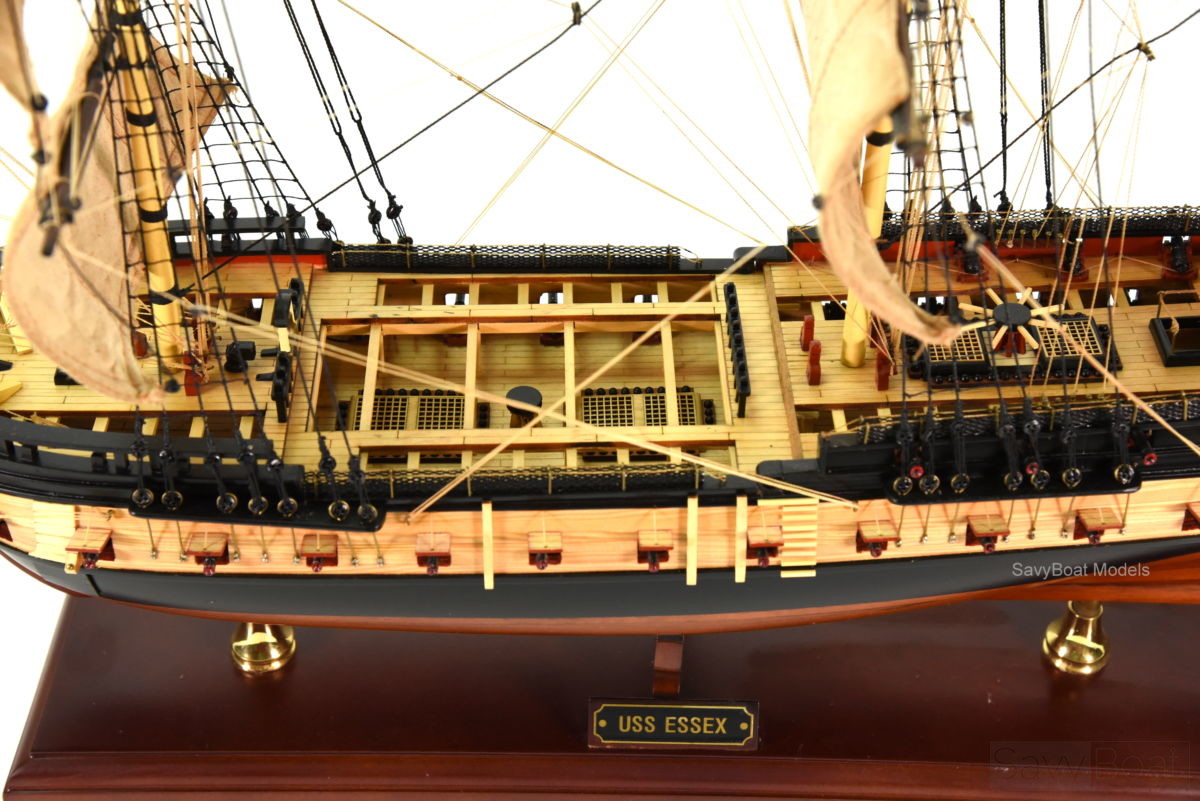
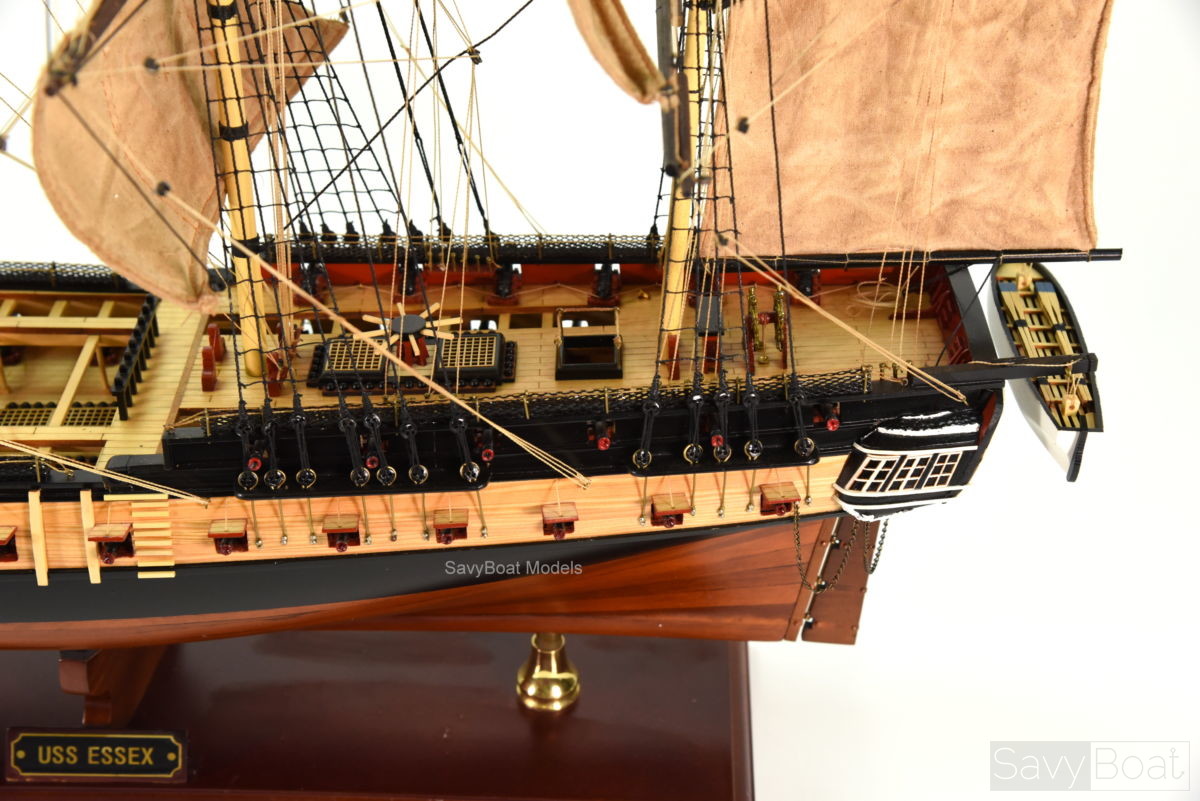
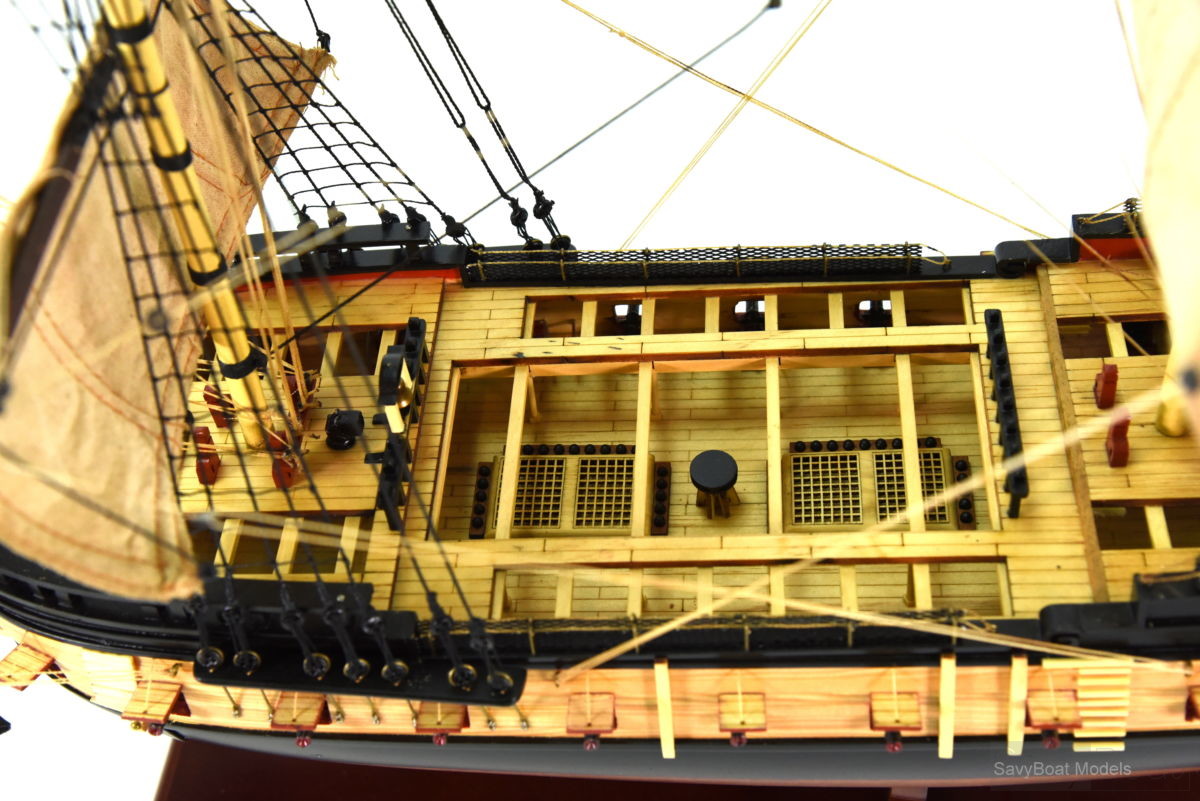
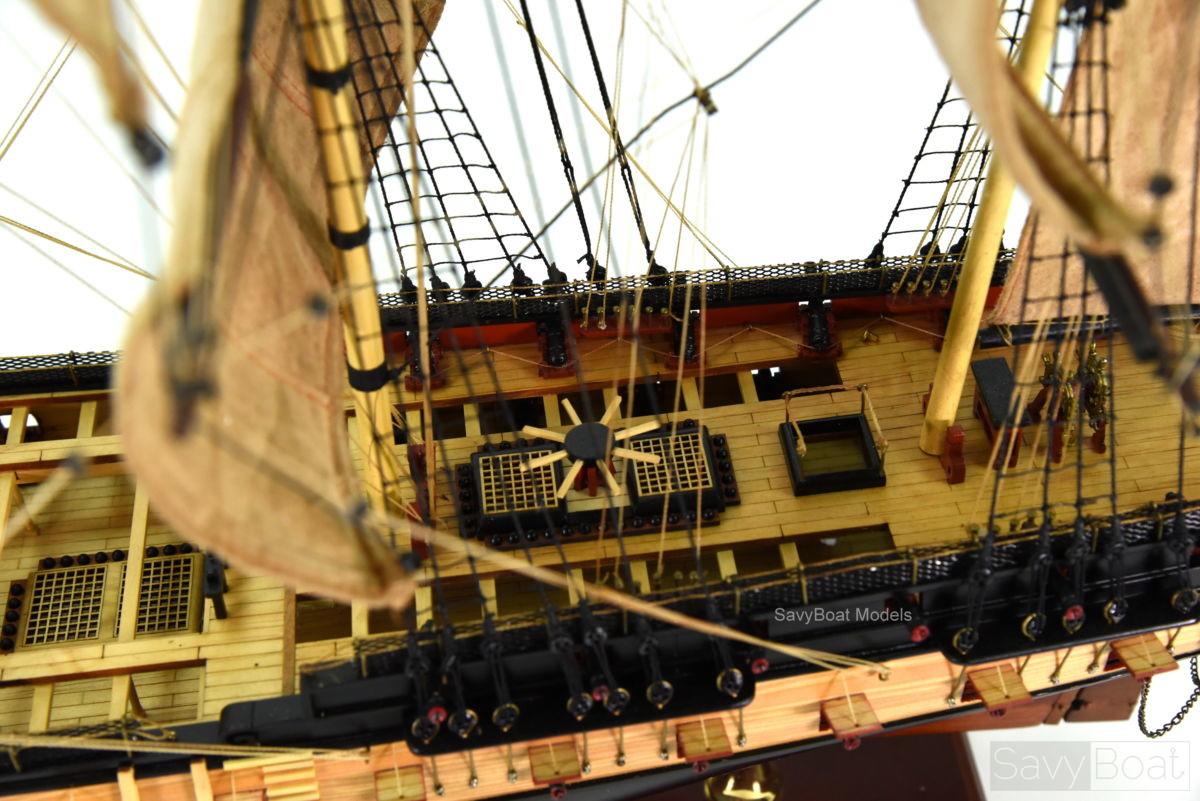
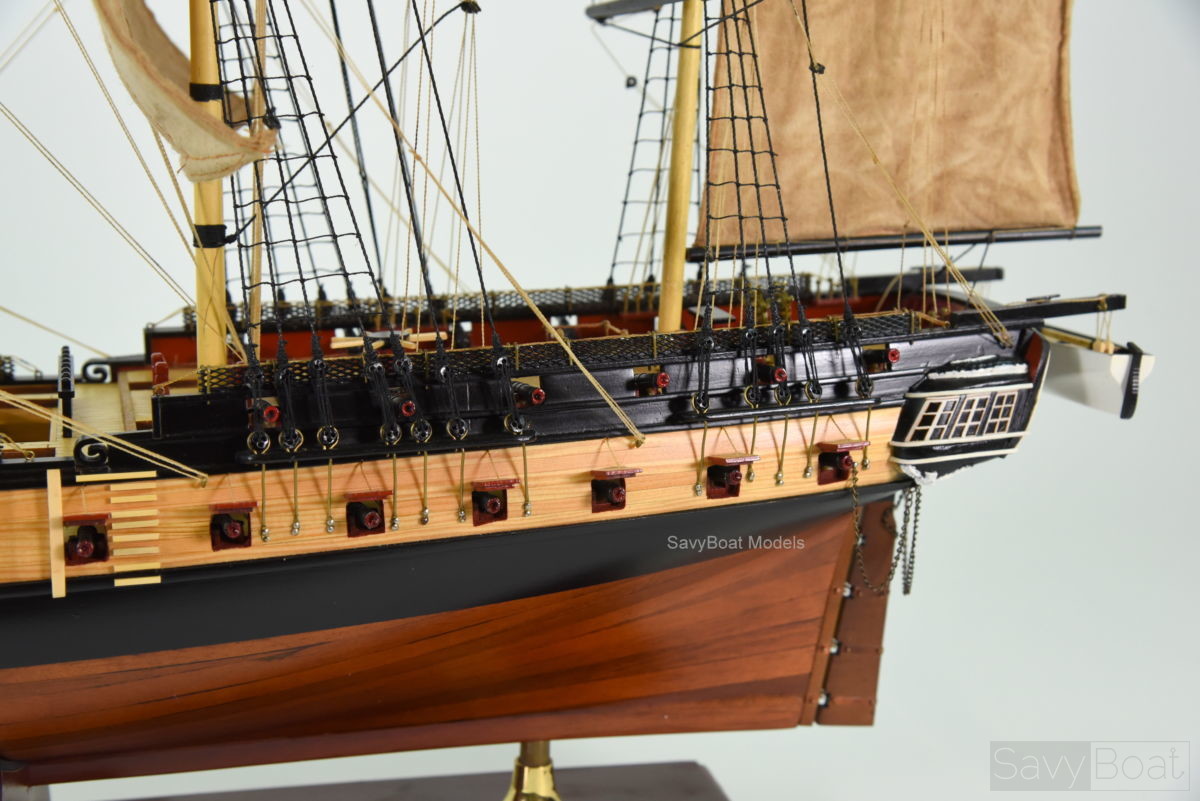
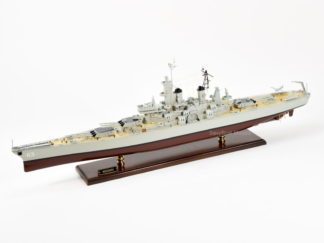
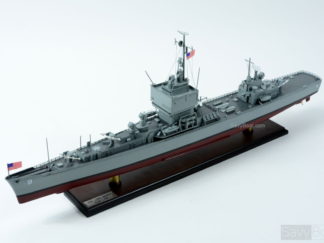
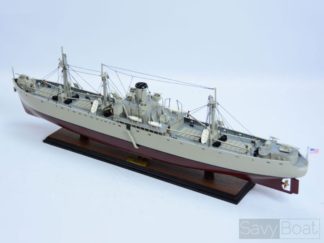
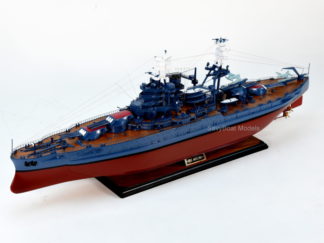
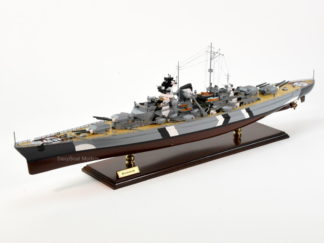
Reviews
There are no reviews yet.